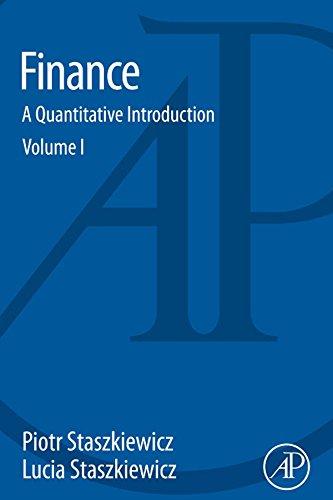Week 7 - Chapter 6 Saved 3 25 points Consider two 30-year maturity bonds. Bond A has a coupon rate of 4%, while bond B has a coupon rate of 12%. Both bonds pay their coupons semiannually. a. Compute the prices of the two bonds at each interest rate. (Round the bond price to 2 decimal places.) b. Suppose Bond A is currently priced to offer a yield to maturity of 8%. Calculate the percentage) capital gain or loss on the bond if its yleld immediately changes to each value of yield to maturity. (Enter your answers as a percent rounded to the nearest whole percent.) c. Suppose Bond B is currently priced to offer a yield to maturity of 8%. Calculate the percentage) capital gain or loss on the band if its yleld immediately changes to each value of yield to maturity. (Enter your answers as a percent rounded to the nearest whole d. Which bond's price exhibits greater proportional sensitivity to changes in its yield? In other words, which bond has greater interest rate risk? e. Which bond pays a high coupon rate has lower "average" or "effective maturity than a bond that pays a low coupon rate? Skipped eBook Print Complete this question by entering your answers in the tabs below. References Required a Required b Required Required d Required Compute the prices of the two bonds (using Excel's bond price function) at each interest rate. (Round the bond price to 2 decimal places.) Price A Price B Yield 2% 396 4% 5% 6% 796 8% 9% 10% 11% MO Prev 4 Next Next > dleware252Fmeprodus Week 7 - Chapter 6 Help 3 percent.) c. Suppose Bond B is currently priced to offer a yield to maturity of 8%. Calculate the percentage capital gain or loss on the bond if its yield immediately changes to each value of yleld to maturity. (Enter your answers as a percent rounded to the nearest whole percent.) d. Which bond's price exhibits greater proportional sensitivity to changes in its yield? In other words, which bond has greater interest rate risk? e. Which bond pays a high coupon rate has lower "average" or "effective" maturity than a bond that pays a low coupon rate? 25 points Skipped Complete this question by entering your answers in the tabs below. eBook Required a Required b Required Required a Required Compute the prices of the two bonds (using Excel's bond price function) at each interest rate. (Round the bond price to 2 decimal places.) Print Price A Price B Yield 296 3% References 5% 6% 7% 8% 9% 10% 11% 12% 13% 14% 15% Required a Required b> Me Graw








